1138 Peachtree Street Construction Site Accidents
For the past several years, developer Trillist has been trying to obtain approval for a 46-story mixed-use tower on their .65 acre site at 1138 Peachtree St. in Midtown Atlanta. The development was supposed to feature more than 200 hotel rooms, 300 apartments, and 50 condominium units, as well as 10,000 square feet of ground-level retail space and a 450 space parking deck.
Updated plans for the development were presented to the Midtown Development Review Committee (DRC) in January, and the DRC had several issues with the plan that they said needed to be modified. It is now rumored that Trillist is trying to sell the property to another developer. And although a prime piece of real estate like this should attract a lot of interest, there are concerns about parking constraints for those who would be working on a project of this magnitude.
If realized, the 46-story development at 1138 Peachtree St. would be the tallest tower built in Atlanta in more than a decade. But one uncertain aspect of the situation is that, prior to the COVID-19 outbreak, the general consensus has been that there is a growing shortage of high-end housing available in Midtown Atlanta. In the wake of everything that is happened, however, it is questionable whether or not there will still be a strong long-term demand for this type of housing.
In spite of this, it remains likely that a developer will come in and build something at the 1138 Peachtree St. property. Perhaps the concept will be altered somewhat, but it is still expected that we will soon see the beginning of a major construction project at this location.
Construction Site Accident Risks at 1138 Peachtree and other Midtown Atlanta Projects
Whatever type of development is ultimately approved for the 1138 Peachtree St. property, it will provide growth and vibrancy to this area, and hundreds of construction jobs and jobs in related industries will be required to bring this project to fruition. Developments like these benefit the local economy in a number of ways, but while under construction, there is an ongoing risk of serious workplace accidents.
Construction is among the most hazardous industries to work in. Most of the jobs require hard labor for long hours and often in hot and humid conditions. Workers perform their tasks in a fast-paced environment, and many of them work in high elevations and often on tight and slippery surfaces. With such conditions, it is extremely important for supervisors and others who are overseeing the project to follow OSHA standards and adhere to best safety practices.
Unfortunately, OSHA violations are commonplace in the construction industry. Some of the top violations that lead to workplace accidents include:
- Fall Protection
- Scaffolding General Safety Requirements
- Ladder Safety Requirements
- Machinery and Machine Guarding
- Eye and Face Protection
- Control of Hazardous Substances
Out of all the workplace fatalities that occur in the private sector, about 20% of them happen in the construction industry. OSHA identifies four of the most common construction site accidents that can turn fatal, which they refer to as the “fatal four”:
- Falls: Slips, trips and falls account for approximately one-third of all construction accident fatalities. Serious falls can happen after tripping over loose wires or straight tools, or uneven ground or holes that are not clearly marked. Falls from heights are another major hazard that can often happen when workers are on ladders, scaffolding, and roofs.
- Struck by Objects: Slightly over 10% of all construction-related fatalities can be attributed to getting struck by a hard object or getting struck against a hard surface. On projects with multiple levels such as the one that will likely be constructed at 1138 Peachtree St., falling materials, tools, beams, and debris can strike workers below. Workers can also get struck by heavy machinery or struck against a wall or another hard surface.
- Electrocutions: Around 8% of all construction-related fatalities happen because of electrical injuries. Major construction developments are a work in progress, and there is often exposed wiring, power lines, and unfinished electrical systems in the vicinity of workers. If a worker accidentally comes into contact with one of these, there is a high risk of electrocution.
- Caught In-Between Events: A little over 5% of construction accident deaths occur as a result of workers getting trapped or caught in-between objects or materials. If a construction worker gets stuck in-between immovable objects, there is a major risk of crush injuries, which can cause amputations or in the worst cases, death.
These four types of accidents account for approximately 60% of all construction-related fatalities, and OSHA says that if these events could be eliminated, it would save the lives of nearly 600 construction workers every year.
Who is Responsible for a Midtown Atlanta Construction Site Accident?
Construction accidents are often the result of failure to follow proper safety procedures on the job site. And if a worker gets injured, they should be able to obtain benefits through their employer’s workers’ compensation insurance.
Unfortunately, workers’ comp benefits are only limited to economic losses such as necessary medical expenses and a percentage of lost earnings. They do nothing to compensate for intangibles such as the physical and emotional toll injuries like these take on workers and their families.
In general, an injured worker in Georgia is not allowed to sue an employer if the employer has workers’ compensation coverage. However, if a party other than the employer played a role in causing the accident, it may be possible to file a personal injury claim against that party. This would allow the worker to recover damages for losses such as pain and suffering, emotional distress, and diminished quality of life.
With so many things happening simultaneously on a construction site, a large percentage of construction accidents are caused by more than one factor. For example, electrocutions, which are among the four most common types of accidents listed earlier, frequently result from wiring that was left uncovered by a subcontractor. In a case like this, the worker may be able to file a personal injury claim against the subcontractor.
Another common circumstance is when a construction worker is transporting materials from an outside location to the jobsite when their vehicle is struck by another car. If the other driver is responsible for the accident, then the worker should be able to file an accident injury claim against the driver’s insurance company.
Every case is unique, and there are always several specific factors that must be looked at to determine what went wrong and who may have been responsible for the workplace accident. The important thing is not to assume that you are only limited to workers’ compensation benefits. As soon as someone gets injured in a construction site accident, they should speak with an experienced attorney to review their case and go over their legal options.
Injured in a Construction Accident in Atlanta? Contact Bailey, Javins & Carter, L.C. for Legal Help
If you or a loved one got injured in a construction accident in Midtown Atlanta or anywhere else in the area, call the construction accident attorneys at Bailey, Javins & Carter, L.C. We have several decades of experience successfully handling workplace injury cases, and we can meet with you to provide a free assessment of your case. To get started, call our Atlanta office today at 678-981-5370 or message us online to schedule a free consultation with a member of our legal team.

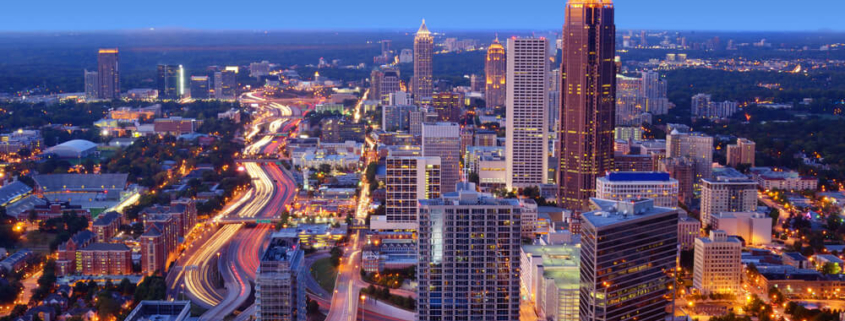 Colony Square Redevelopment Construction Site Accidents
Colony Square Redevelopment Construction Site Accidents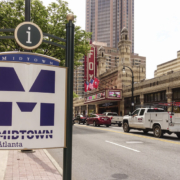 Midtown Union Construction Site Accidents
Midtown Union Construction Site Accidents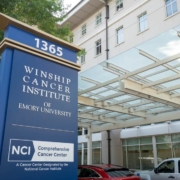 Winship Cancer Institute Construction Site Accidents
Winship Cancer Institute Construction Site Accidents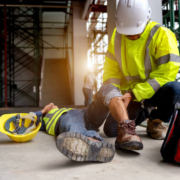 Can Returning to Work Too Soon Hurt Your Personal Injury Claim in Atlanta
Can Returning to Work Too Soon Hurt Your Personal Injury Claim in Atlanta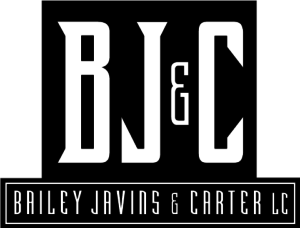
 Juniper Street Transformation Project Construction Accidents
Juniper Street Transformation Project Construction Accidents Winship Cancer Institute Construction Site Accidents
Winship Cancer Institute Construction Site Accidents